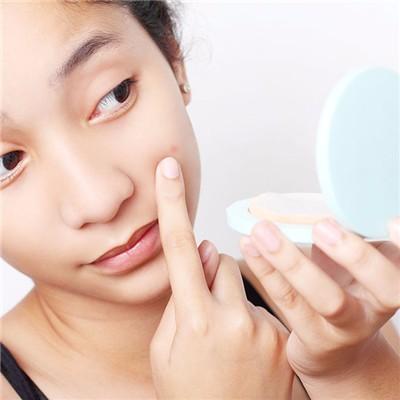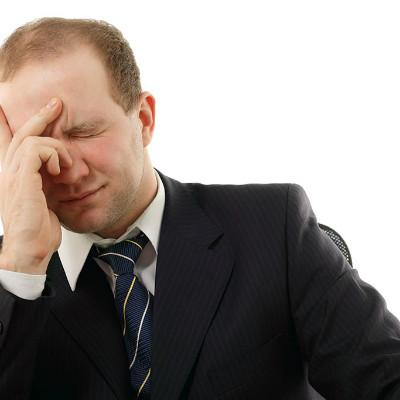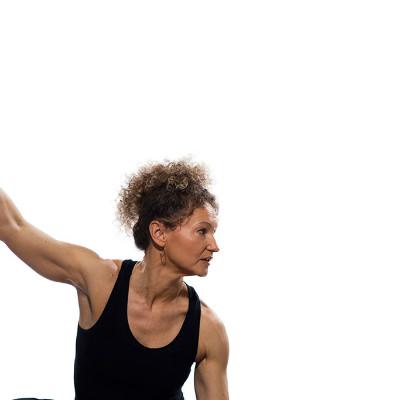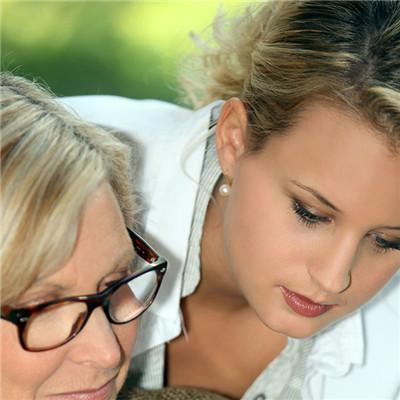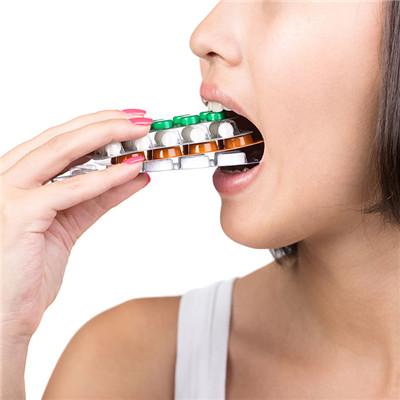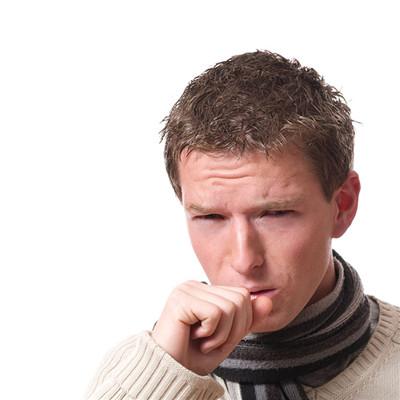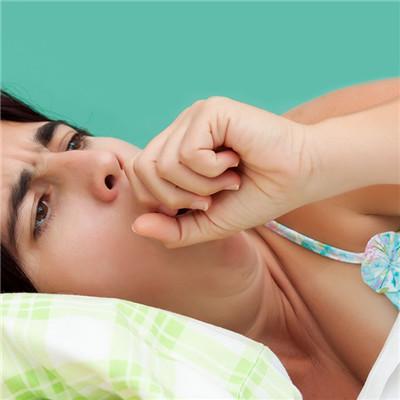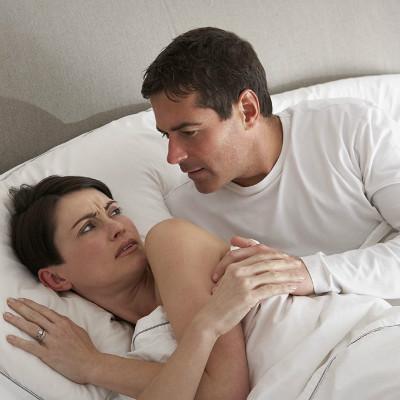How is vertebra bone soft bone disease caused?
summary
Vertebral osteochondrosis, also known as flat vertebra, is a rare osteochondrosis. This disease is due to the aseptic necrosis of the primary ossification center of the vertebral body, and then under the action of the longitudinal pressure of the spine, the diseased vertebral body becomes flat, the bone is dense and even fragmented. There are two vertebrae epiphysis. One is primary epiphysis, which is located in the middle of vertebral body. It existed at birth and fused at the age of 6-10; The second is secondary epiphysis, which is located above and below the vertebral body and is connected with the intervertebral disc in a ring. It appeared at about 16 years old and fused with vertebral body at about 25 years old. Both of them have ischemic necrosis and a series of pathological changes and clinical manifestations, but the causes of these two kinds of epiphyseal lesions are still controversial. No matter whether there are antecedents or not, repeated and concentrated chronic injuries play an important role in the occurrence and development of vertebral osteochondrosis.
How is vertebra bone soft bone disease caused?
Abnormal body shape, ankylosis of spine, frequent cervical flexion, shoulder ptosis, narrow and flat chest, prominent scapula and pain. This disease usually occurs in children aged 2 to 10 years old. The chief complaint is pain in thoracic vertebrae. Examination can find mild limited kyphosis of the spine, deep tenderness of the affected vertebral body, limited spinal movement, and may be accompanied by mild muscle spasm. Hunchback is the main symptom, with ankylosis of spine, neck flexion, shoulder drop, chest narrow and flat, scapular protrusion. The pain is not serious, often dull.

Examination items: bone alkaline phosphatase and X-ray examination: ① most of the cases occurred in the lower thoracic spine, a few in the lumbar spine, often involving only one vertebral body; ② The vertebral body is flat, like a coin. Its anteroposterior diameter and transverse diameter are larger than those of adjacent vertebral bodies; ③ There was no change or slight widening of adjacent intervertebral space; ④ There was no invasion of pedicle and appendages, no paravertebral abscess or soft tissue mass shadow; ⑤ The height and density of the vertebral body can be completely or partially restored after the healing of the lesion.

The disease is a self-healing disease with an active period of about 2 years. If there is a hump deformity, it can not be completely corrected. In adulthood, the purpose of early treatment of secondary osteoarthritis is to prevent deformity and protect the spine from compression damage until the epiphyseal plate matures. In the past, the technique of lying in plaster bed for a long time has been seldom used. If the disease is obvious at the time of initial onset, plaster bed or plaster vest can be used for fixation for 2-3 months, and then bracket and back muscle training can be used. If the child has no pain, the treatment can be decided according to the deformity. The kyphosis deformity is less than 45 ~ 50 ° When it comes to gymnastics, just do corrective gymnastics; Between 50 and 80 ° In addition, the back muscle training was added. There are very few patients with obvious hunchback, which affects the appearance of the patients. Those who need spinal correction and fusion, occasionally have spinal cord compression symptoms and need decompression.

matters needing attention
If there is a hunchback deformity, it can not be completely corrected, early adult secondary osteoarthritis. The purpose of treatment is to prevent deformity and protect the spine from compression damage until the epiphyseal plate matures. In the past, the technique of lying in plaster bed for a long time is seldom used. There are very few patients with obvious hunchback, affecting the appearance and need to do spinal correction and fusion. Occasionally, patients with spinal cord compression need decompression.



